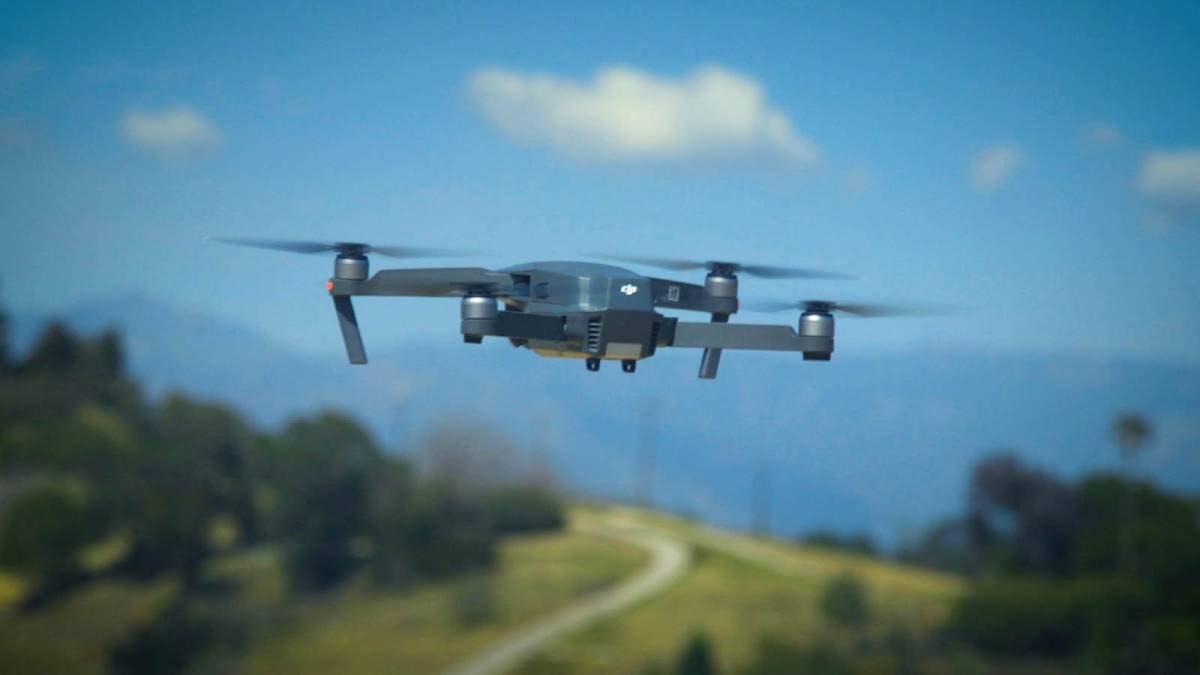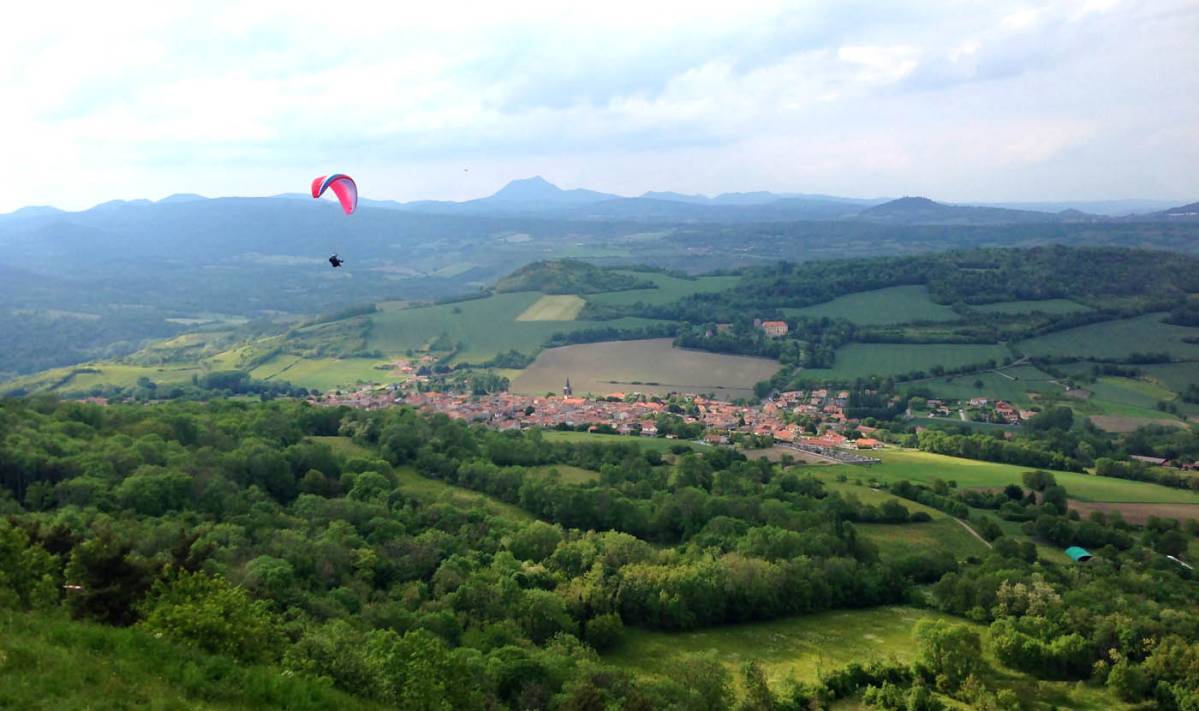
In recent years, the advent of drones with on-board cameras has revolutionised the way in which sports footage is shot, offering an unprecedented sense of immersion.
All you have to do is watch a downhill ski race or a cyclo-cross race in the forest to realise the incredible possibilities offered by footage shot with an FPV drone.
And paragliding is no exception to the rule in this visual revolution, with new ways of shooting that allow you to go beyond the day's ceiling for greater height, or to take more immersive shots as close as possible to the sails.
Here, for your viewing pleasure, is a magnificent video shot in the Puy de Dôme and at the region's various flying sites, which we can't get enough of!
But to make such videos, it's important to understand the new regulations and take a certified drone pilot course.
From 1 January 2024, drones will carry a CE class label (C0, C1, C2, C3, C4). These CE classes allow you to fly in the open category, which covers all low-risk operations for both leisure and professional drones.
Each drone belongs to a given class according to its weight, as follows:
Class C0 drone (less than 250 grams)
Class C1 drone (between 250 and 900 grams and equipped with a direct remote identification function)
Class C2 drone (between 900 grams and 4 kilograms and equipped with a direct remote identification function and a low-speed mode)
Class C3 drone (between 4 and 25 kilograms and equipped with a direct remote identification function)
Class C4 drone (between 4 and 25 kilograms and equipped with a direct remote identification function)

For category C0, i.e. for a drone weighing less than 250 grams such as DJI's Mini 4, it is not legally necessary to take a training course, but if it is strongly recommended, it becomes so for all other classes of drone.
For categories C1 to C4, you need to take an A1 - A3 or A2 open category course, depending on your shooting needs.
For even heavier class C5 and C6 drones, you will need Specific Category STS-01 STS-02 certification.
Whatever the class of drone used, if it is equipped with an on-board camera it is compulsory to register with the authorities via the Alpha Tango portal. Once you've registered, you'll receive a registration number that you'll need to mark on your drone.
Don't hesitate to contact an official drone flying centre such as Inairtech in Nebouzat for more information, and why not take a drone pilot training course.
It all depends, of course, on the size of your drone. In C0 - C1 class, the risk of cutting a line would be rather limited if we take into account the tests carried out on this video: https://www.youtube.com/watch?v=A5pjZjNy45c
However, we can see that if the lines are not cut, the drone can quickly get tangled up in the lines, which could really cause an incident.
That's why it's crucial to know how to fly a drone perfectly and always keep your distance from the paraglider.

